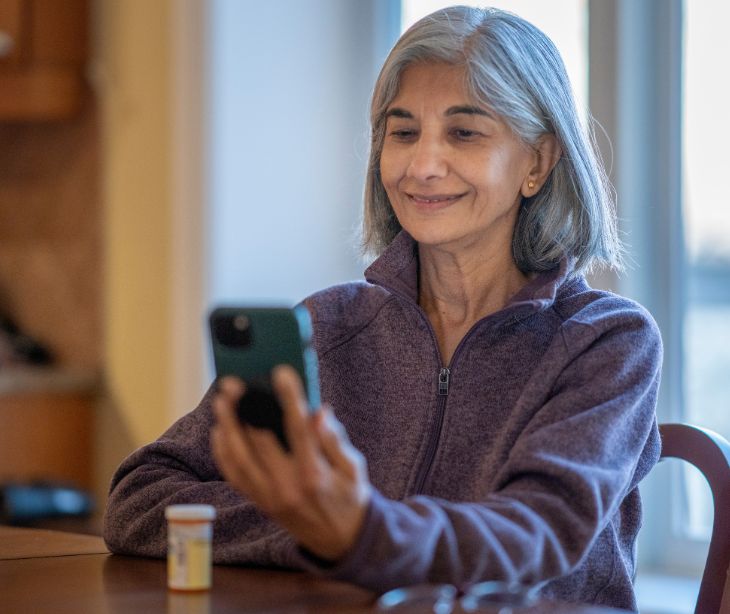1 min read
How healthcare organizations can balance privacy and transparency in patient communication
Liyanda Tembani
January 04, 2024

Balancing patient privacy protection, as mandated by HIPAA, with the rising need for transparent healthcare communication poses a significant challenge. Striking the right balance means meeting legal requirements while satisfying patients' desires for informed involvement in their care decisions. Achieving a balance involves meeting legal and ethical responsibilities while satisfying patient expectations for transparency, without compromising privacy standards.
The role of HIPAA in balancing privacy and transparency
The HIPAA Privacy Rule outlines guidelines for safeguarding patient information while allowing for its legitimate use. It sets standards for data security, dictating how healthcare organizations handle, store, and share patient data, ensuring privacy compliance.
Addressing the need for patient privacy with transparent communication is a delicate balance that requires careful consideration of legal obligations, ethical responsibilities, and patient preferences, all while adhering to HIPAA guidelines.
Foundational steps for privacy-first communication
- Establish robust communication policies outlining procedures for information disclosure, staff conduct, and patient consent.
- Train healthcare staff in empathy, clarity, and active listening, fostering a patient-centric approach while upholding privacy standards.
- Recognize patient preferences in communication methods and language to ensure comfortable and effective engagement.
Practical steps during patient interaction
- Obtain informed consent before engaging with patients, respecting their autonomy and preferences.
- Create a patient-centric environment by introducing oneself, explaining the interaction's purpose, and using plain language devoid of medical jargon.
- Tailor information to individual patient needs, providing supplementary resources and encouraging dialogue for active participation.
Leveraging technology for secure and transparent communication
Technology can be a tool for maintaining patient privacy while facilitating transparent communication. Secure communication channels, such as HIPAA compliant email and telehealth options, offer convenience without compromising privacy standards. Patients have different communication options that can be adjusted to their liking, giving them accessibility and the ability to choose their preferred communication method.
Continual improvement and adaptation
Patient feedback is a valuable resource for refining communication practices. Regularly seeking patient input regarding communication experiences enables healthcare organizations to adapt and evolve their approaches. Proactively address potential communication barriers, whether linguistic, cultural, or technological, to ensure inclusivity and accessibility for all patients.
Subscribe to Paubox Weekly
Every Friday we'll bring you the most important news from Paubox. Our aim is to make you smarter, faster.




